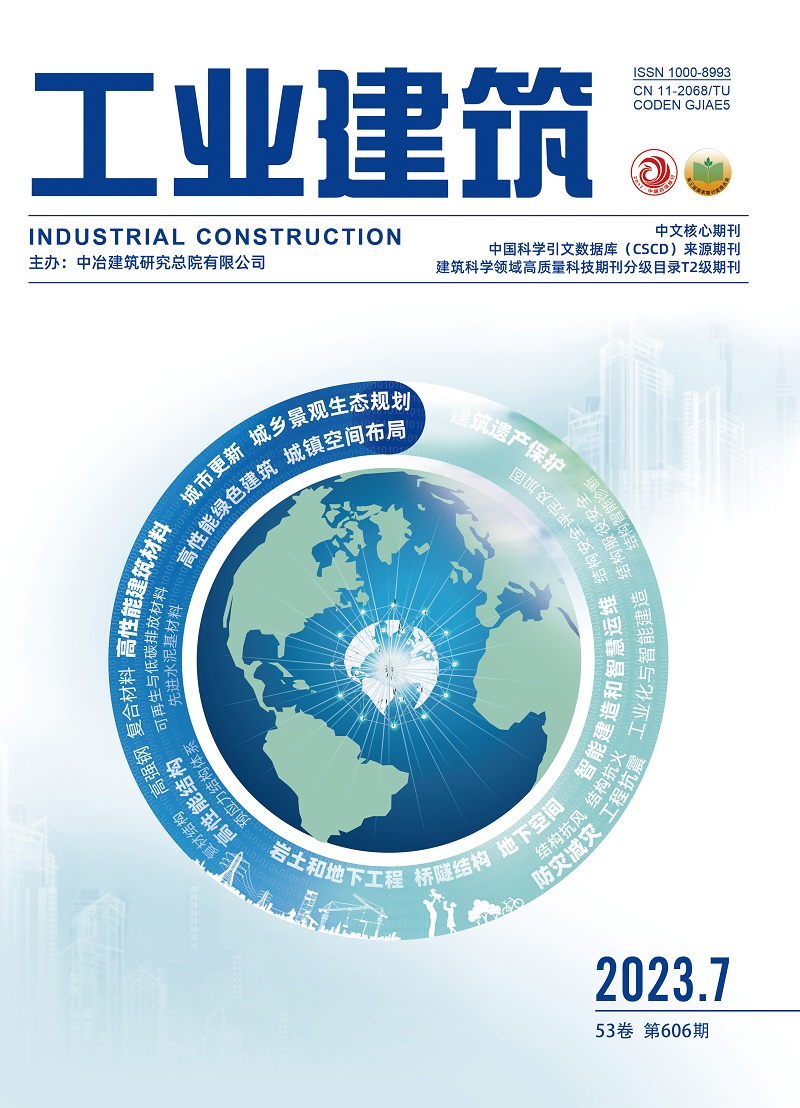| [1] |
庄海洋, 程绍革, 陈国兴. 阪神地震中大开地铁车站震害机制数值仿真分析[J]. 岩土力学, 2008, 29(1):245-250.
|
| [2] |
蒋录珍, 陈隽, 李杰. 1995年阪神地震中大开车站破坏机理分析[J]. 世界地震工程, 2015, 31(3):236-242.
|
| [3] |
HUO H, BOBERT A,FERNÁNDEZ G, et al. Load transfer mechanisms between underground structure and surrounding ground:evaluation of the failure of the Daikai Station[J]. Journal of Geotechnical & Geoenvironmental Engineering, 2005, 131(12):1522-1533.
|
| [4] |
PARRA-MONTESINOS G J, BOBET A, RAMIREZ J A. Evaluation of soil-structure interaction and structural collapse in Daikai Subway Station during Kobe earthquake[J]. ACI Structural Journal, 2006, 103(1):113-122.
|
| [5] |
杜修力,王刚,路德春. 日本阪神地震中大开地铁车站地震破坏机理分析[J]. 防灾减灾工程学报,2016,36(2):165-171.
|
| [6] |
杜修力, 马超, 路德春, 等. 大开地铁车站地震破坏模拟与机理分析[J]. 土木工程学报, 2017, 50(1):53-62
,69.
|
| [7] |
李洋, 许成顺, 杜修力. 阪神地震中大开地铁车站和区间隧道破坏差异成因研究[J]. 防灾减灾工程学报, 2020, 40(3):326-336.
|
| [8] |
XU Z, DU X, XU C, et al. Numerical analyses of seismic performance of underground and aboveground structures with friction pendulum bearings[J]. Soil Dynamics and Earthquake Engineering,2020,130(3):1-14.
|
| [9] |
MA C, LU D C, DU X L. Seismic performance upgrading for underground structures by introducing sliding isolation bearings[J]. Tunnelling and Underground Space Technology,2018,74:1-9.
|
| [10] |
陶连金,安军海,葛楠. 地铁车站工程应用双向RFPS支座隔震效果研究[J]. 地震工程与工程振动,2016,36(1):52-58.
|
| [11] |
许成顺,汪洋筱珊,杜修力,等. 分体柱在地下车站结构中的减震效果研究[J]. 岩土工程学报,2021,43(4):624-633.
|
| [12] |
李忠献. 钢筋混凝土分体柱理论与技术[J]. 工程力学, 2005, 22(增刊):128-140.
|
| [13] |
LI S, ZHUANG H Y, WANG W, et al. Effect of different types of middle columns on the seismic performance of single-story subway station structure[J].Shock and Vibration, 2021(8):1-18.
|
| [14] |
曹炳政, 罗奇峰, 马硕, 等. 神户大开地铁车站的地震反应分析[J]. 地震工程与工程振动, 2002, 22(4):102-107.
|
| [15] |
LUBLINER J, OLIVER J, OLLER S, et al. A plastic-damage model for concrete[J]. International Journal of Solids & Structures, 1989, 25(3):299-326.
|
| [16] |
LEE J, FENVES G L. Plastic-damage model for cyclic loading of concrete structures[J]. Journal of Engineering Mechanics, 1998, 124(8):892-900.
|
| [17] |
American Concrete Institute(ACI). Building code requirements for structural concrete 1:ACI 318-19[S].Farmington Hills:ACI, 2019.
|
| [18] |
刘威. 钢管混凝土局部受压时的工作机理研究[D]. 福州:福州大学,2005.
|
| [19] |
KATWAL U, TAO Z, HASSAN M K. Finite element modelling of steel-concrete composite beams with profiled steel sheeting[J]. Journal of Constructional Steel Research, 2018, 146(7):1-15.
|
| [20] |
Pacific Earthquake Engineering Research Center. PEER NGA strong motion database[EB/OL]. 2005-04-08[2022-09-05].https://peer.Berkeley.edu/n-ga.
|


 Login
Login Register
Register E-alert
E-alert







 DownLoad:
DownLoad: